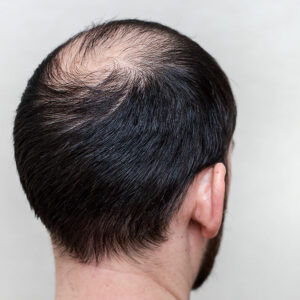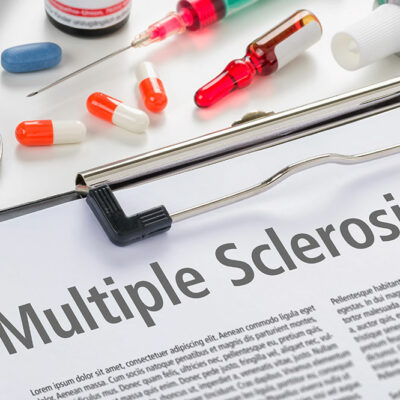10 tips for choosing the ideal vacation rental

Going on vacation offers a chance to unwind and create lasting memories. Selecting suitable accommodations is a pivotal part of this process. Vacation rentals have become popular for travelers seeking a home away from home as they offer more privacy than hotels and can be more economical. However, several key factors must be considered to ensure a seamless and enjoyable stay. These can help one make the right choice and avoid ruining one’s time away.
Define priorities and preferences
Before starting the search for a vacation rental, travelers should take some time to clearly outline their preferences and priorities. This includes considering factors such as the number of guests, preferred amenities like a pool, Wi-Fi, or a fully equipped kitchen, desired location, and budget constraints. This initial step helps in narrowing down options and focusing on rentals that align with specific needs, making the selection process more efficient.
Start the search early
Initiating the search for a vacation rental well in advance is highly advisable. This is particularly important for popular destinations or during peak travel seasons when accommodations tend to fill up quickly. By beginning the search early, travelers have a wider range of options to choose from, increasing the likelihood of securing a rental that best suits their requirements.
Thoroughly read reviews
Reviews from previous guests provide valuable insights into the quality and condition of a vacation rental. Travelers should devote time to reading these reviews, paying attention to any recurring comments or concerns. Positive reviews often highlight aspects like cleanliness, responsiveness of hosts, and accuracy of the listing. Conversely, negative reviews can provide warnings about potential issues or shortcomings.
Verify the credibility of the booking platform
Opting for reputable and well-established platforms or websites for booking vacation rentals is crucial. Established platforms often have verified listings, secure payment methods, and reliable customer support in case of any issues or concerns. It’s important to ensure that the platform used for booking has a track record of providing safe and reliable services.
Understand all costs involved
Beyond the rental fee, there may be additional costs associated with the booking. These could include expenses like cleaning fees, security deposits, or service charges. Travelers should carefully review the listing to understand the full cost upfront, preventing any unexpected expenses from arising later.
Be familiarized with cancellation policies
Unforeseen circumstances can lead to changes in travel plans. Travelers should carefully review the rental’s cancellation policy to understand the terms and potential refunds in such situations. Some rentals offer flexible cancellation policies, while others may have more stringent guidelines. Knowing the policy upfront helps travelers make informed decisions.
Scrutinize photos and descriptions
Thoroughly examining the provided photos and reading the property description is crucial. This step ensures that the rental meets expectations and aligns with what was advertised. Photos should provide a clear and accurate representation of the property, showcasing key features and amenities.
Consider the location carefully
The location of the vacation rental can significantly impact the overall experience. Travelers should consider factors such as proximity to attractions, accessibility to transportation, and the safety of the neighborhood. Choosing a location that aligns with planned activities and preferences can enhance the overall enjoyment of the trip.
Take note of amenities and facilities
Different rentals offer varying amenities. Travelers should make a list of must-haves, such as a fully equipped kitchen, Wi-Fi, or a pool, and confirm that the rental provides them. This step ensures that the rental meets specific needs and preferences, enhancing the overall comfort and convenience of the stay.
Double-check booking details
Before finalizing the booking, travelers should meticulously review all details provided by the host. This includes check-in and check-out times, the number of guests allowed, any specific instructions, and the host’s contact information. Confirming these details ensures a smooth and hassle-free check-in process.










